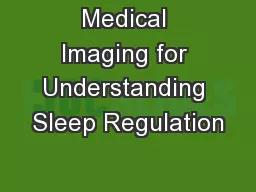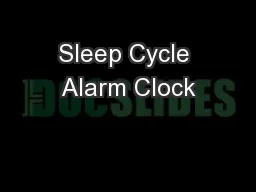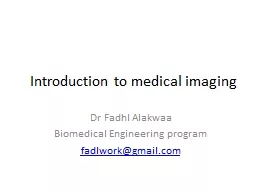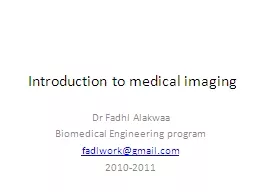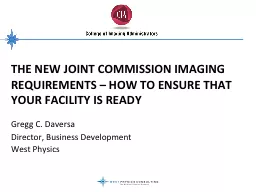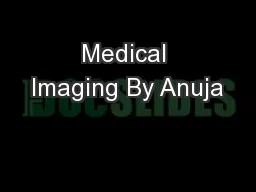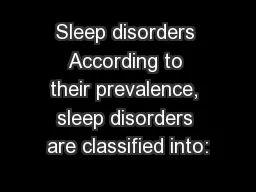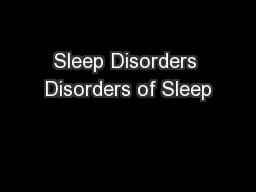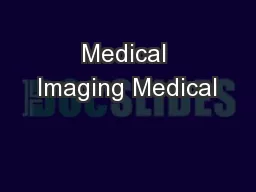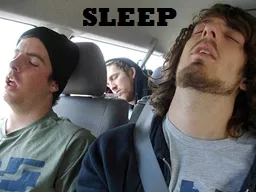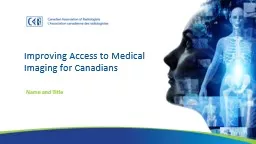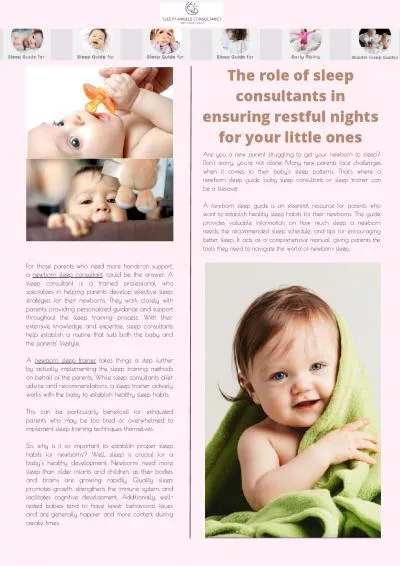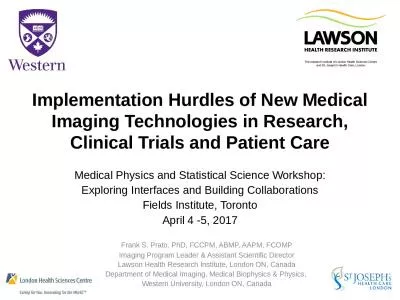PPT-Medical Imaging for Understanding Sleep Regulation
Author : pasty-toler | Published Date : 2017-05-01
SESAPS October 2011 Research Team 2 Linda LarsonPrior Washington Univ ZangHee Cho Gachon University Seong K Mun Kenneth H Wong Alpay Özcan Why should we study
Presentation Embed Code
Download Presentation
Download Presentation The PPT/PDF document "Medical Imaging for Understanding Sleep ..." is the property of its rightful owner. Permission is granted to download and print the materials on this website for personal, non-commercial use only, and to display it on your personal computer provided you do not modify the materials and that you retain all copyright notices contained in the materials. By downloading content from our website, you accept the terms of this agreement.
Medical Imaging for Understanding Sleep Regulation: Transcript
Download Rules Of Document
"Medical Imaging for Understanding Sleep Regulation"The content belongs to its owner. You may download and print it for personal use, without modification, and keep all copyright notices. By downloading, you agree to these terms.
Related Documents

